-
Magical Times of Day
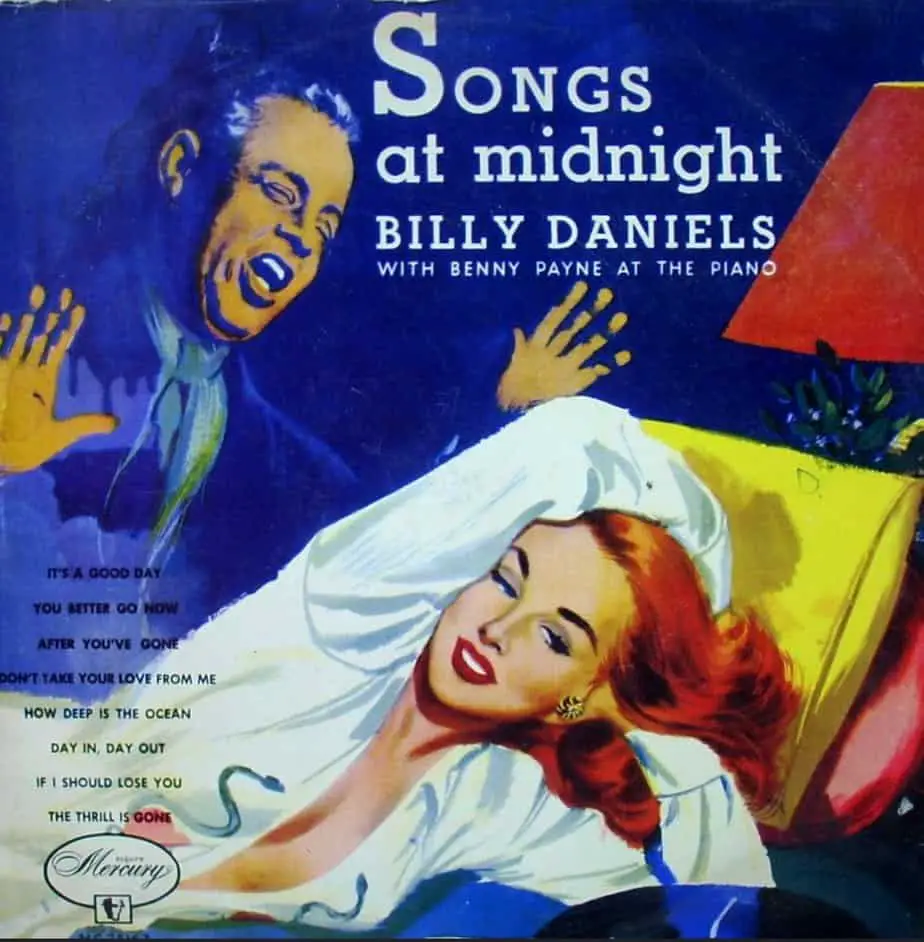
Before we had clocks, humans paid more attention to the sky and environment. Read older classics such as the novels of Thomas Hardy and notice how characters make use of all their senses once the sun goes down. They couldn’t simply flick on a light. Even though candles have long been available, they were expensive. […]
-
Writing Thumbnail Character Sketches
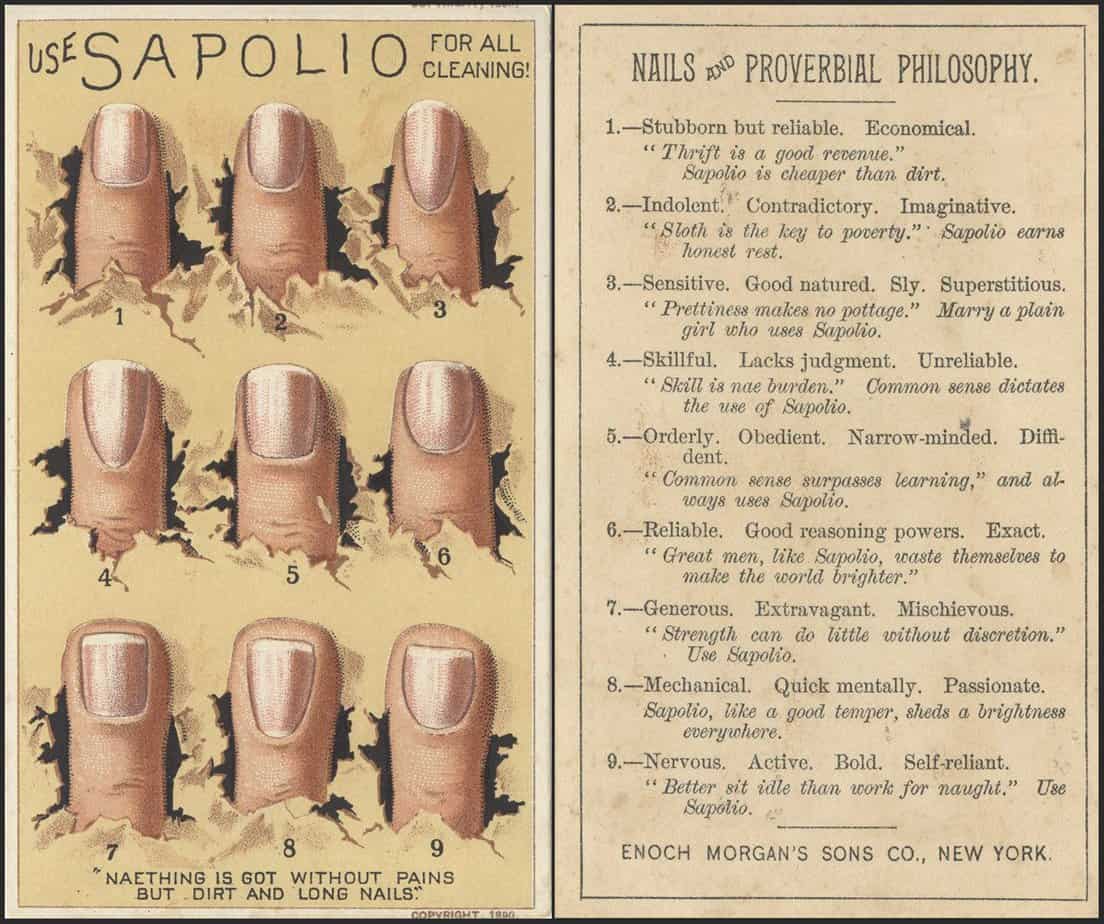
We see people and things not as they are, but as we are. Anthony de Mello Park: “What did he look like?” Girl: “Well, kind of plain.” Park: “In what way?” Girl: “Just……..ordinary.” Memories of Murder, Bong Joon-Ho (2003) Readers differ in the amount of description they need when reading a fictional character. I remember […]
-
Baseball Art and Storytelling
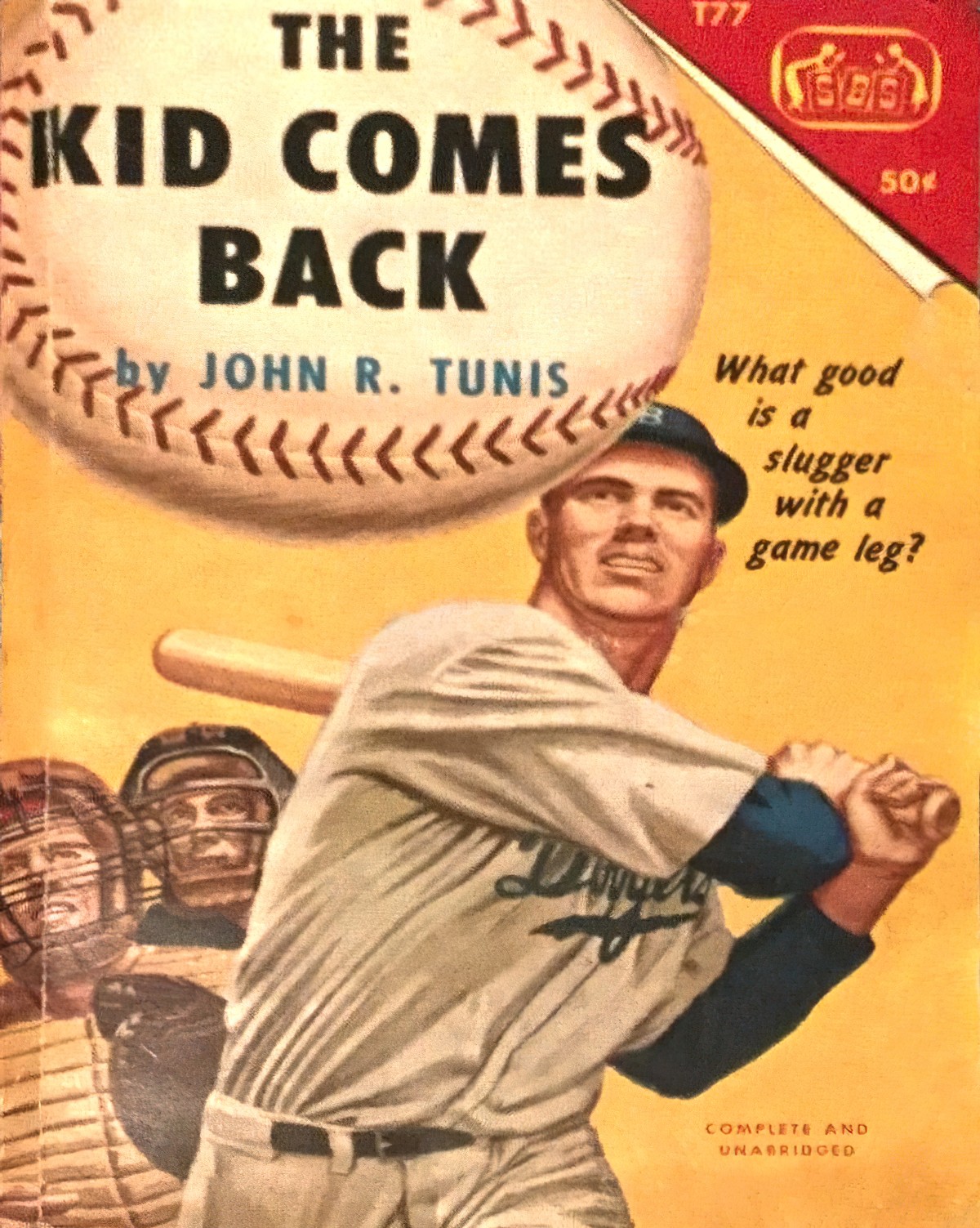
Examples from sports illustrators and book covers
-
Symbolism Of The Circle
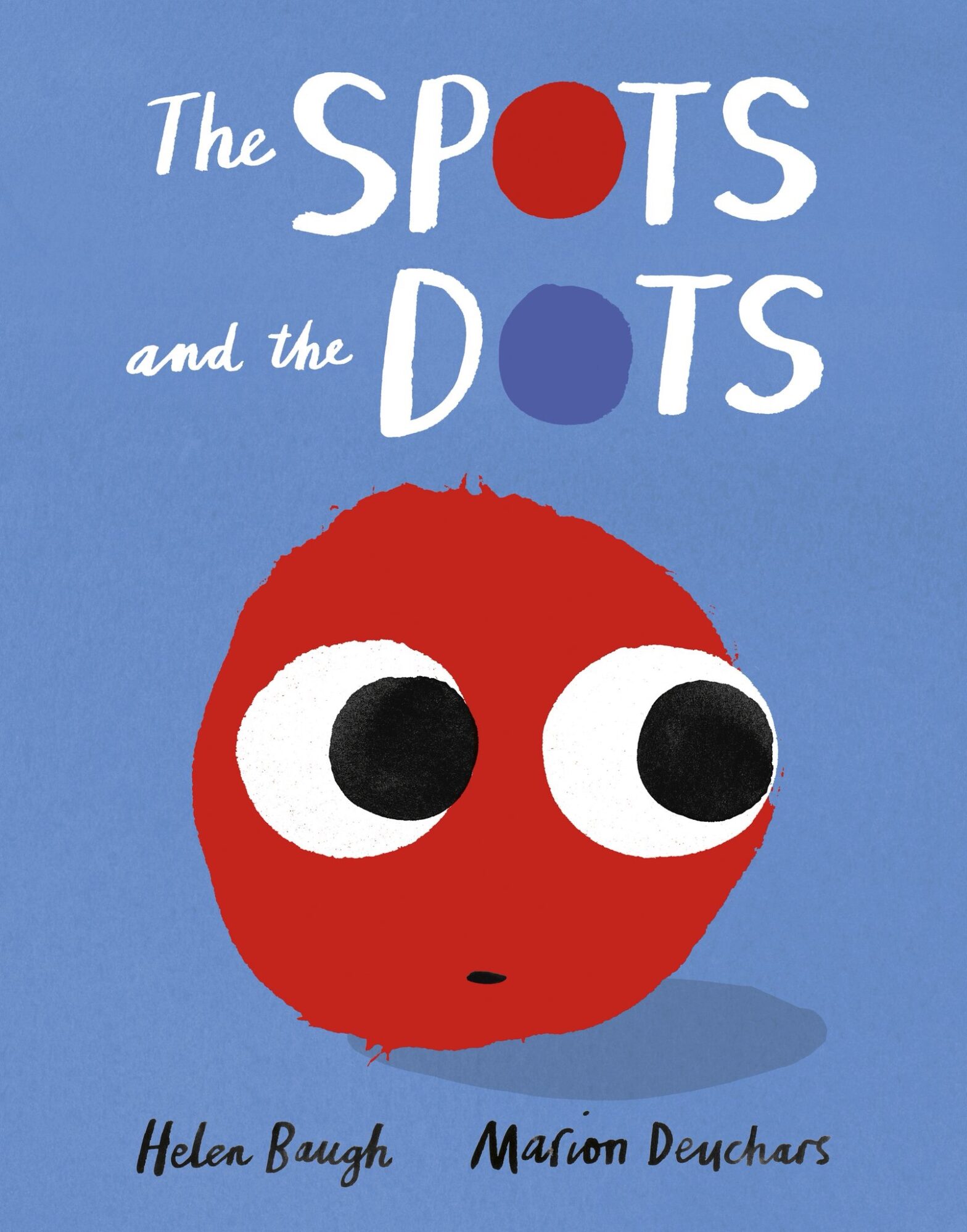
Just as the ocean has both a depth and a surface, the circle has both a centre and a circumference. In this way, there are two aspects to its symbolism.
-
Cryptobotany and Creepy Trees In Stories and Art
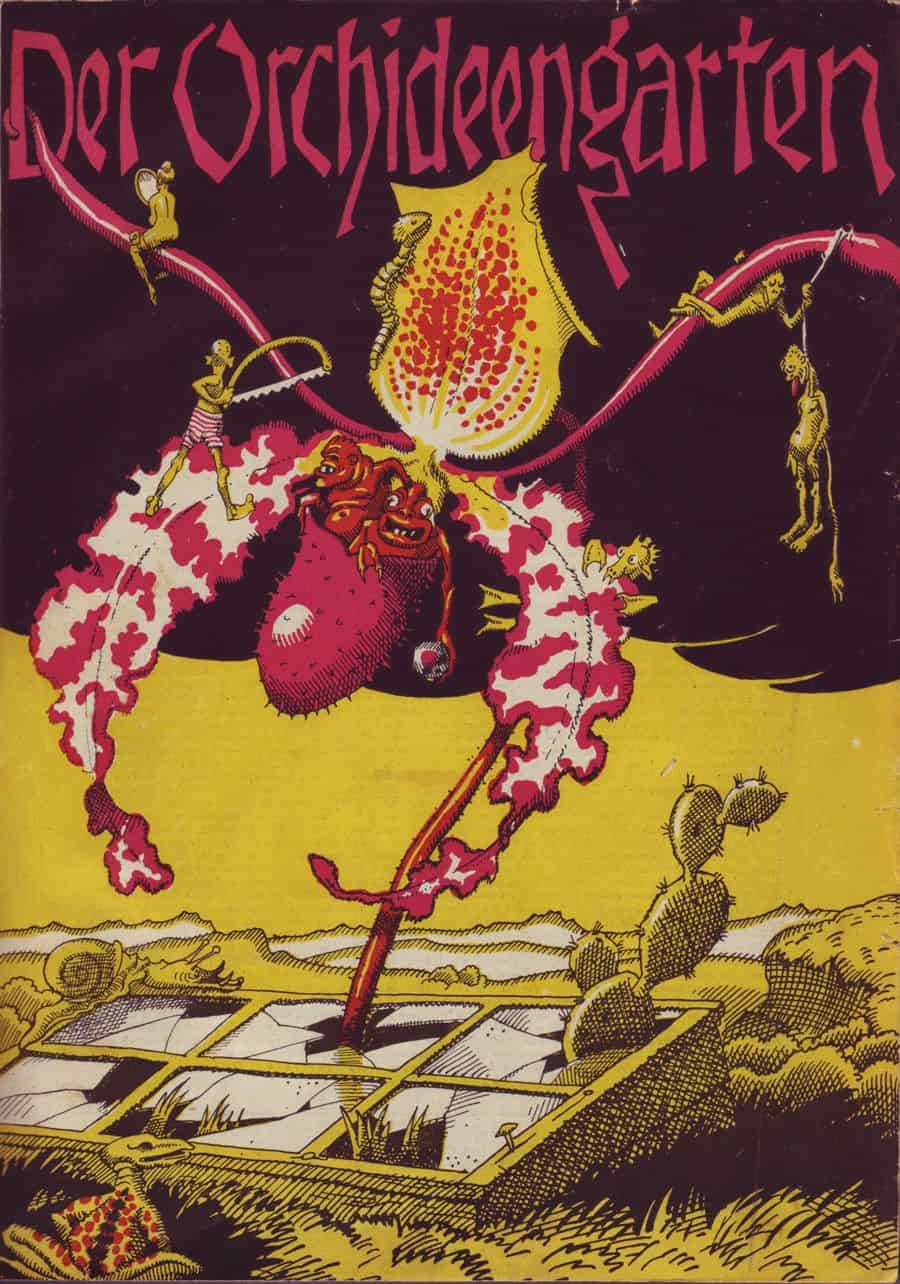
With their roots reaching deep into the earth, trees encapsulate the tense relationship of history and modernity.
-
Clouds In Art and Storytelling

“I like the clouds… the clouds that pass… there… there… the wonderful clouds!” Charles Baudelaire, the stranger The water droplets in sea spray can have a big impact on the atmosphere by helping seed clouds – and they may form when bubbles violently collide underwater, New Scientist “As a cloud crosses the sun, silence falls […]
-
How To Write A Hate Sink Character
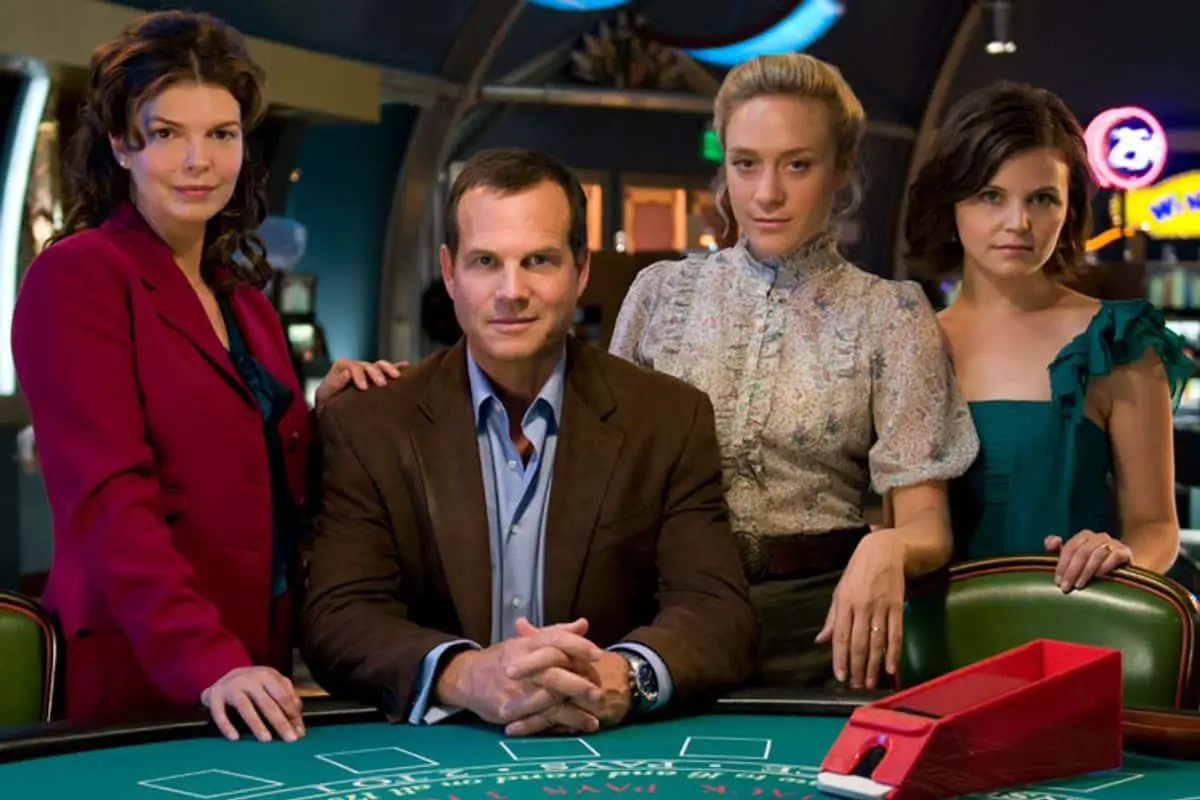
There are certain character traits which audiences universally dislike. When they appear in fiction, audiences understand ‘this is the character I’m supposed to hate’. This character is called the Hate Sink. I have previously explored how writers create unlikeable but sympathetic characters. There is a list of tricks which have been utilised by storytellers to […]
-
Domestic Abuse Addressed In Children’s Books
If you’re looking for children’s book which deal with domestic abuse, there are many examples at all reading levels across various genres. While young adult authors are well-known for their willingness to confront difficult subject matter head on, readers can also find domestic abuse addressed in picture books.
-
Homelessness In Children’s Stories
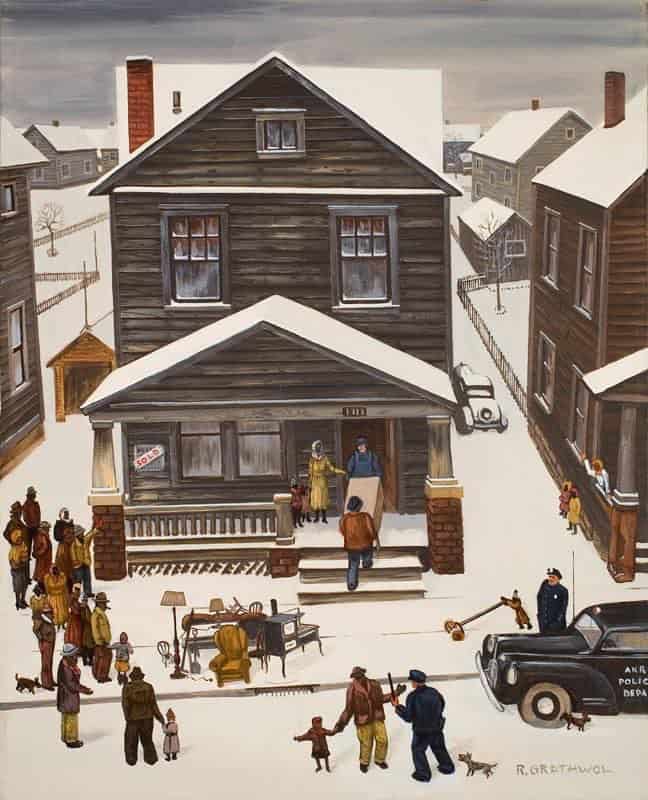
Home-away-home. That’s the classic pattern of a children’s story. When we’re talking about stories in general, we might say the Odyssean Mythic pattern. A hero goes on a journey, meets a variety of opponents and allies along the way, then either returns home or finds a new one. Unfortunately, not all young people have a […]
-
Excess, Hyperbole and Pestilence In Illustration
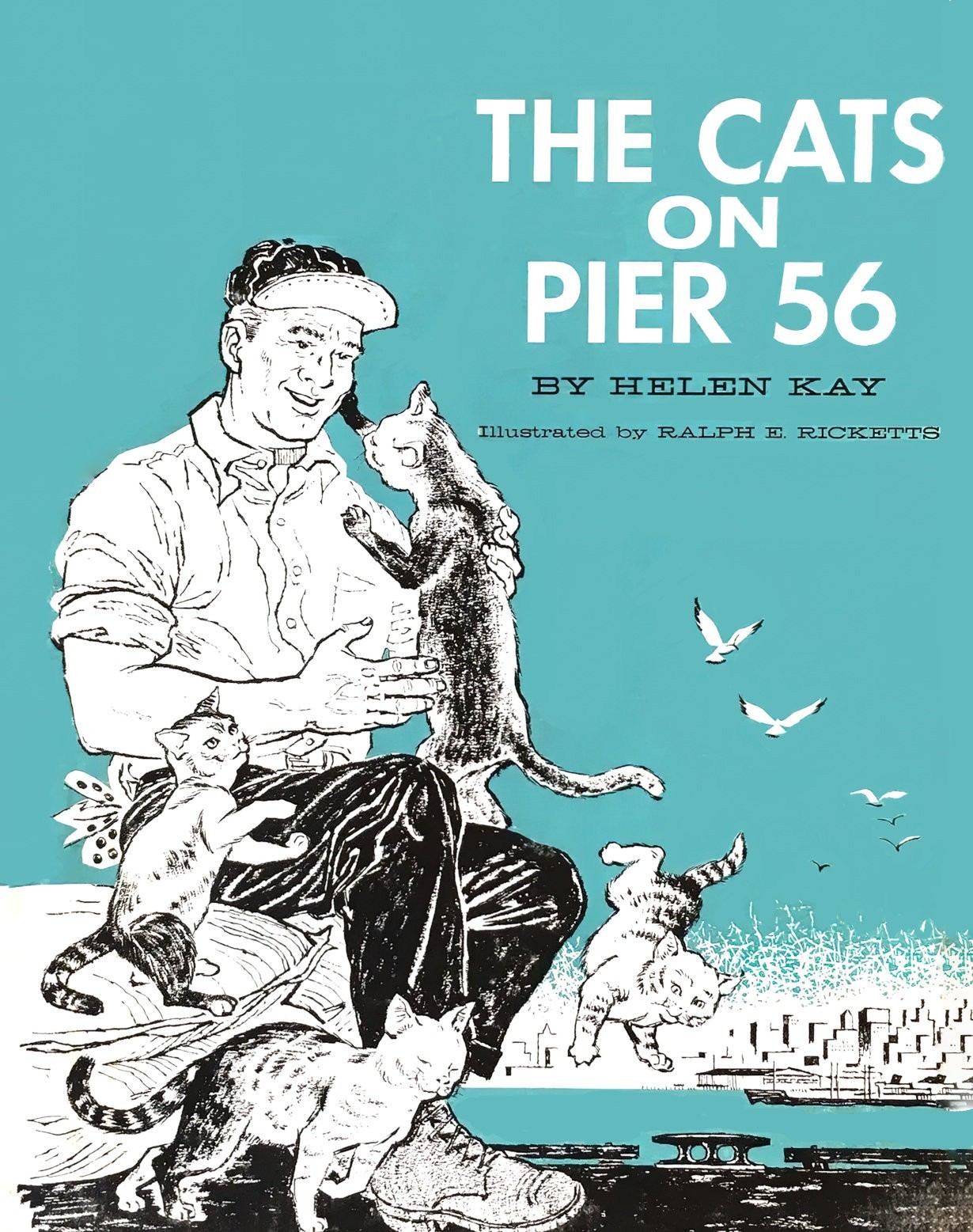
We love stories of excess. examples of excess and visual hyperbole can be seen all across children’s literature. Literally any item can be turned into a visual gag by creating a large number of it.
-
Creepiness In Art And Storytelling
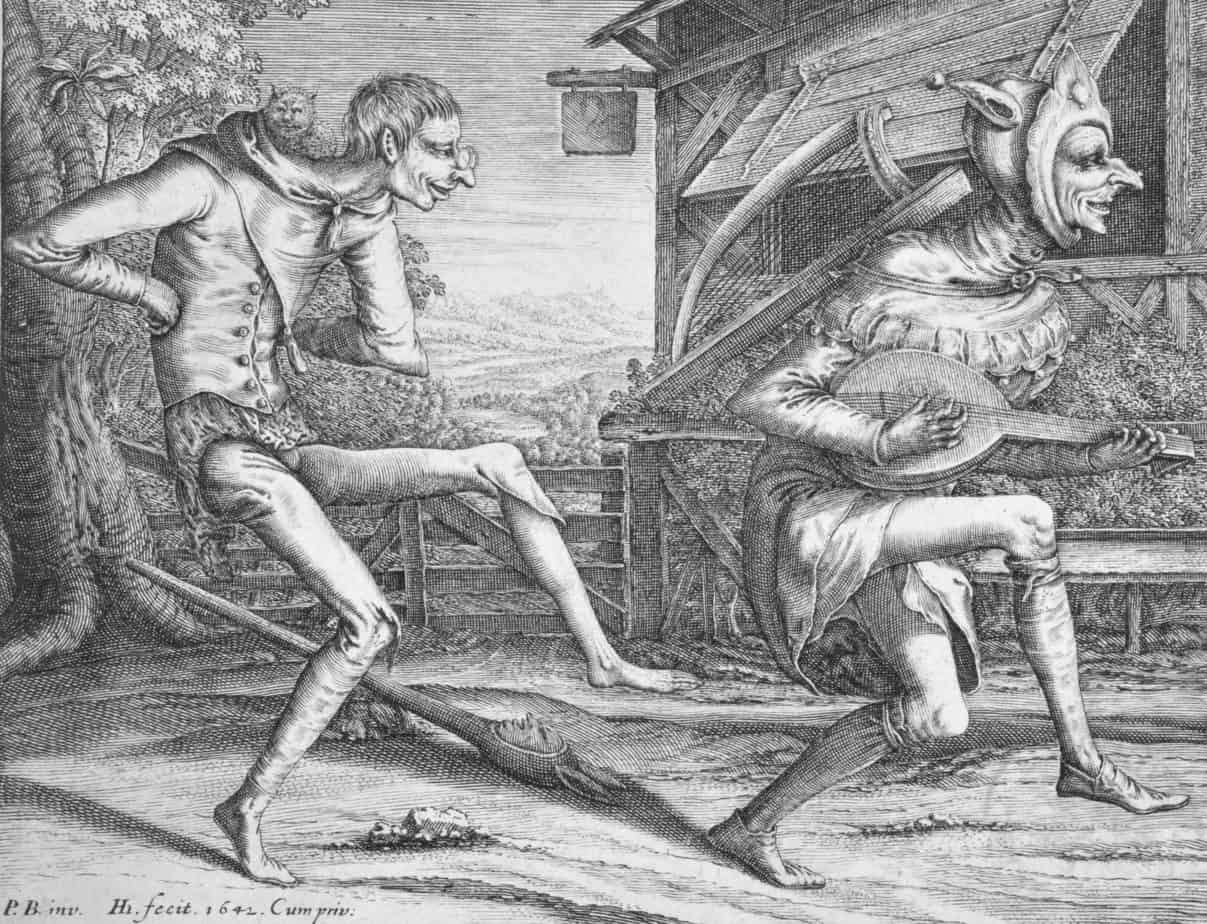
We know when something is creepy. But how to define it? On The Nature of Creepiness is a study by McAndrew and Koehnke, who realised there had never been an empirical study on what humans find creepy. The results were ‘consistent with the hypothesis that being “creeped out” is an evolved adaptive emotional response to […]
-
Amatonormativity and Storytelling
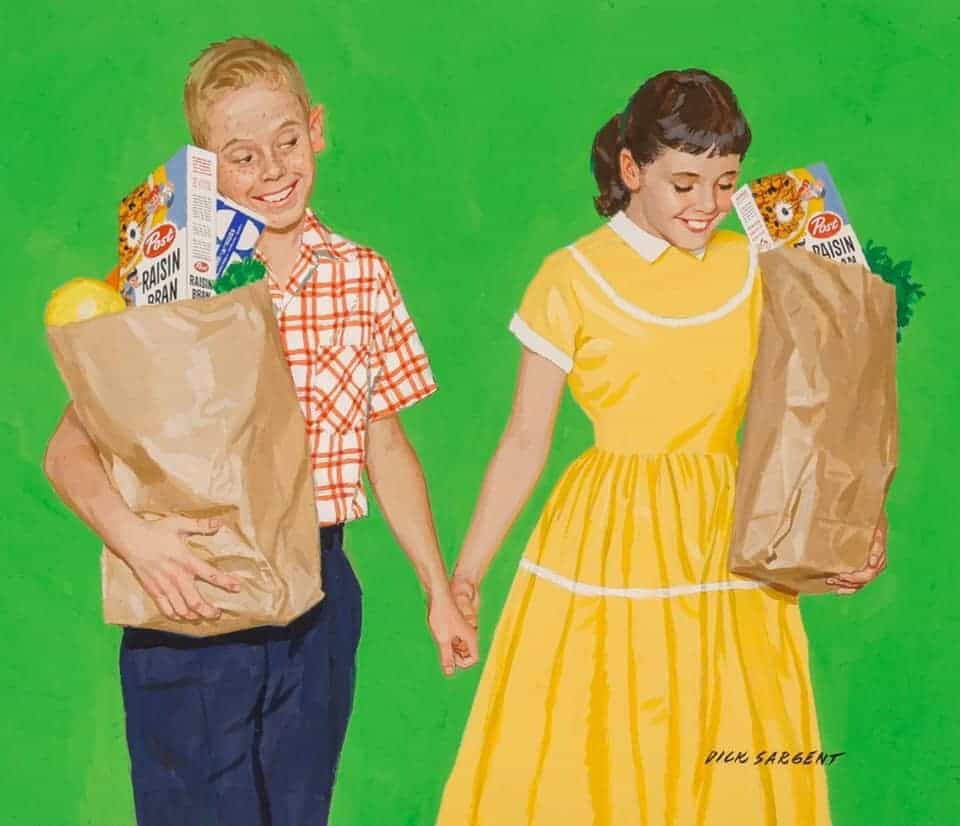
The word amatonormativity was coined by Elisabeth Brake in her book Minimizing Marriage: Marriage, Morality, and the Law (2011). Amatonormativity describes the societal assumption that everyone must seek romantic, sexual, monogamous relationships before finding happiness and fulfilment. Elizabeth Brake calls this undeserved elevation and centrality of romantic love amatonormativity, from the Latin word for love, […]
-
Women and Shoplifting in Fiction
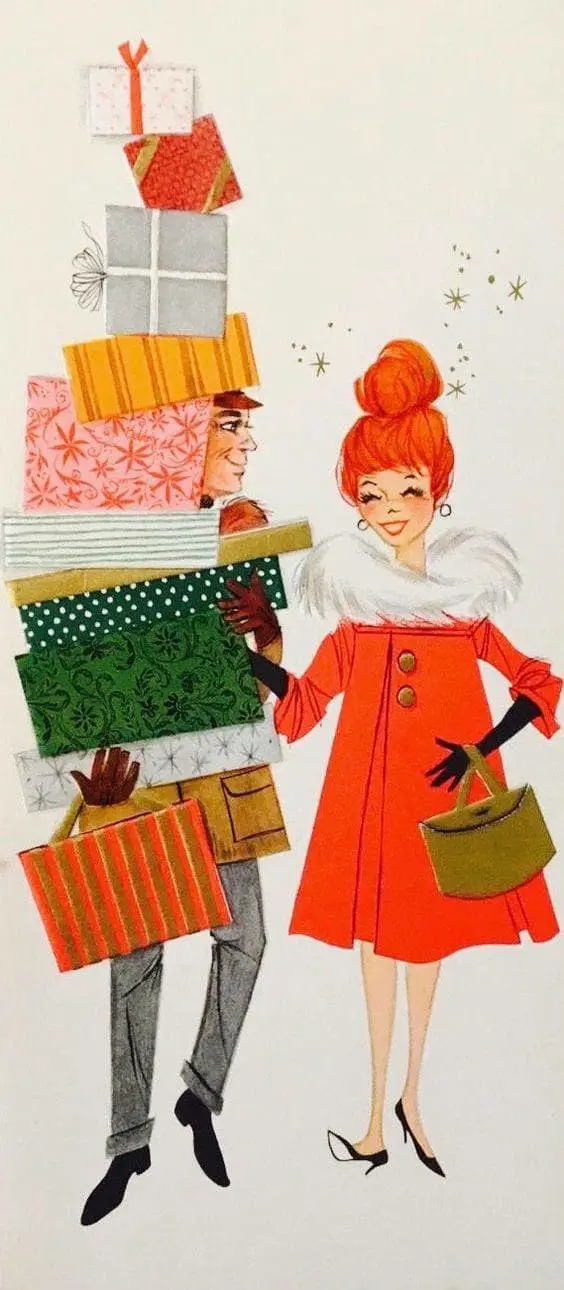
Watch enough TV and you’ll likely draw the conclusion that women, especially housewives with significant personal problems commonly relieve psychological pain by shoplifting. It’s rare to find men shoplifting for the buzz. Also in fiction, teenage girls shoplift as a hazing ritual, and to own prized items (mostly body adornment items) they couldn’t otherwise afford. […]
-
Fully Anthropomorphised Cats In Art
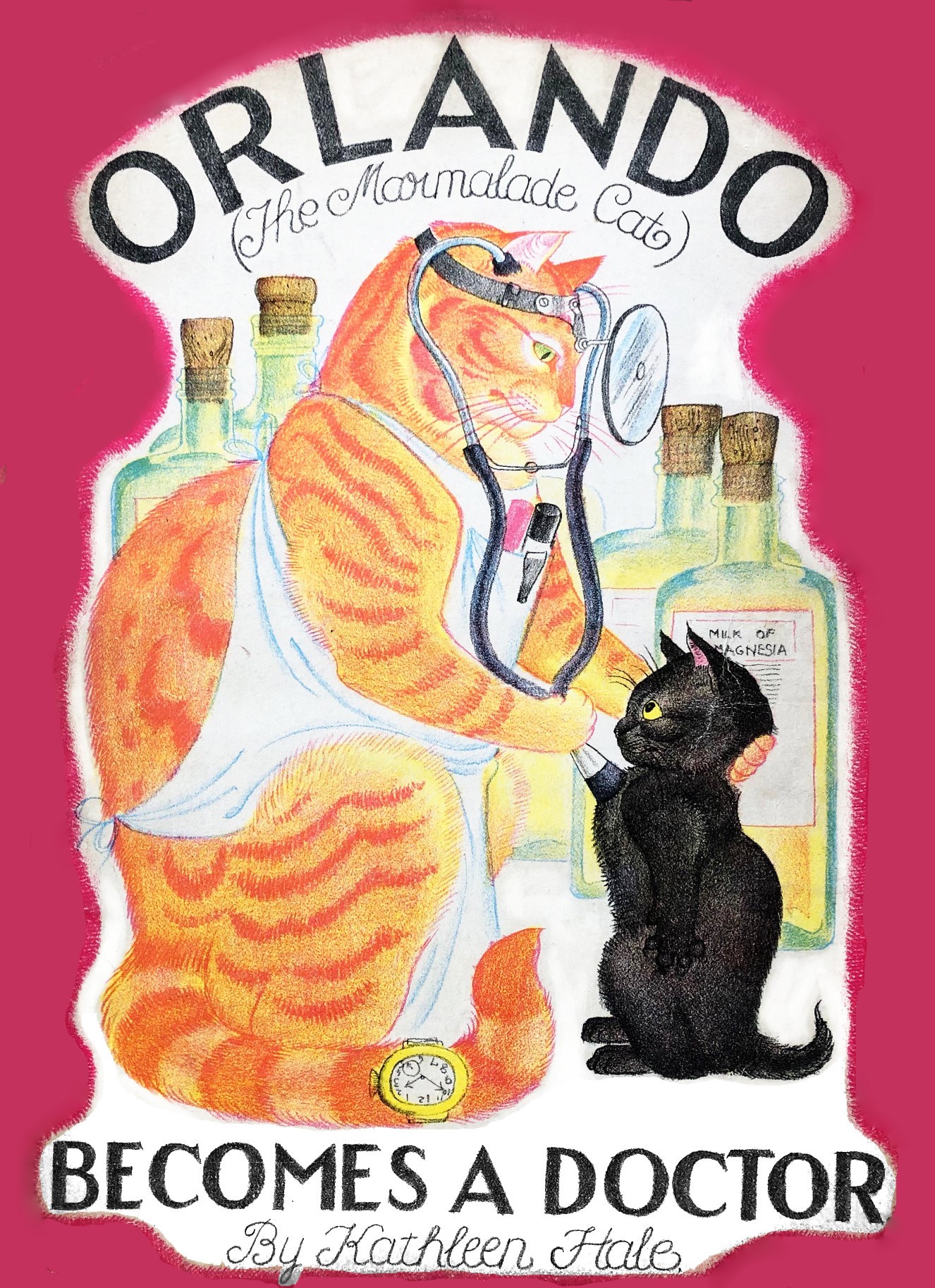
Animals in picture books exist on a continuum between fully animal and fully human. To sit at the anthropomorphised end of that spectrum, the animal in question: wears clothes walks around on its hind legs talks displays human-like emotions lives in a house Beatrix Potter had a massive influence on illustrators all through the 20th […]
-
Symbolism Of The Colour Blue
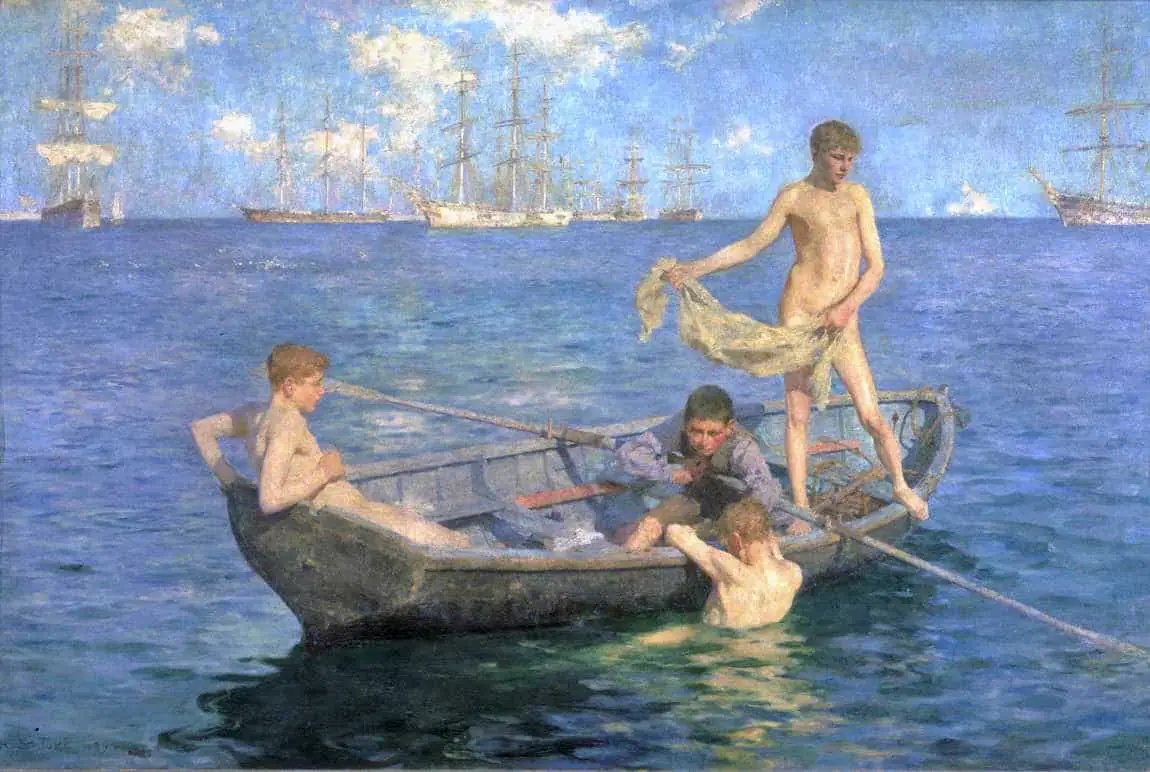
In the “Odyssey”, Homer famously describes the “wine-dark sea.” Well, that’s poetic, isn’t it? But there’s a reason he didn’t just call the ocean blue. There was no term for ‘blue’ in Ancient Greece. People from antiquity didn’t consider blue a separate colour significant enough to name. It’s difficult to find a word that meant […]